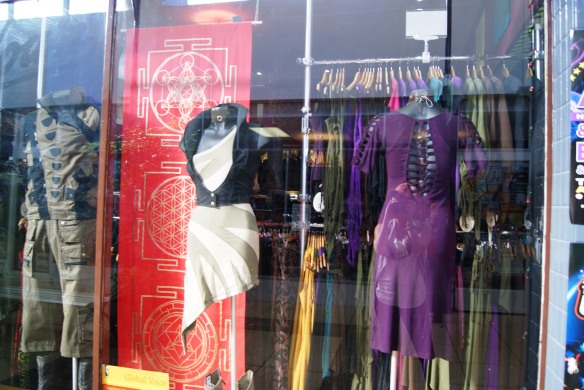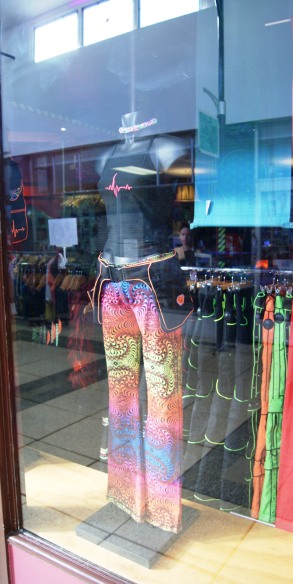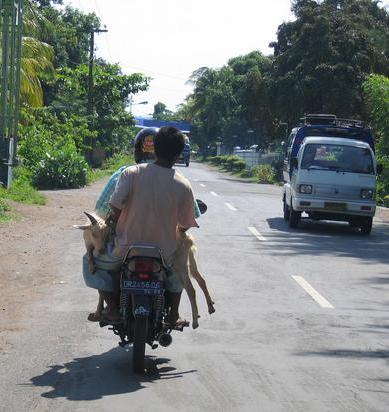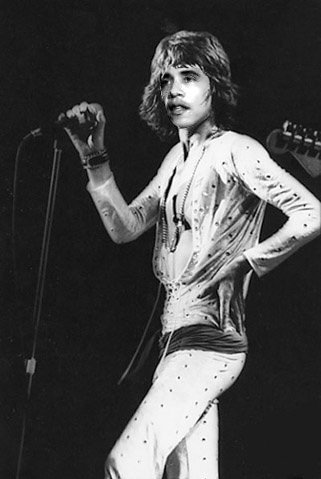Last month, Indonesia was all a twitter over Barack Obama’s much anticipated visit to the archipelago. Thousands of Indonesian netizens meticulously documented every aspect of the Obama visit, uploading photos, micro-blogging commentary and tweeting reactions to the hyped affair.
Back in the U.S., the viral Obama hoopla was picked up by popular comedy show “The Colbert Report,” as host Stephen Colbert reported that Indonesian citizens “took to their Facebook and Twitter” pages during Obama’s visit.
Colbert quipped: “Really, Facebook and Twitter? I always pictured Indonesians communicating by banging coconuts on a log…”
To be fair, thinking of this tropical South Pacific island chain doesn’t exactly conjure images of cellphones and MacBooks in my mind either. But in reality, Colbert’s joke couldn’t be more far from the truth. Here’s why:
Indonesia is the 4th biggest user of Facebook, with Bahasa Indonesia as the most widely used Asian language on FB and the 5th most popular FB language in the world. Dubbed the “Twitter capital of Asia” by media monitoring agency Sysomos, Indonesia has the most Twitter users and tweets coming out of the East. Now let’s talk blogs. There are approximately 3.2 million bloggers in Indonesia, with the number almost tripling in the past year. This explosive growth and overwhelming online presence (covering anything from national politics to favorite ice cream) resulted in Indonesia’s Minister of Communication & Technology declaring October 27th the national holiday “Bloggers’ Day.” Bahasa Indonesia is also the most widely used language after English on the international blogging portal WordPress (which is also the portal of this here blog).
But how did this overwhelming influx of Internet communication happen when in just 2009 a measly 12% of Indonesia’s 234 million population had Internet access? Even at present the country remains connected by a messy and patchy telecommunications grid (read: my Internet via laptop has gone out twice since I’ve started this post).
Cue the ubiquitous mobile phone!
Indonesia has the world’s 3rd largest mobile phone market, which has more than doubled its growth in just the past year. The influx of mobile carrier competitors, along with the low-cost of reliable mobile Internet services, makes owning a handheld device affordable and easy. Thus, the majority of Internet users have bypassed personal computer Internet access altogether and gone directly to the mobile phone for their main portal to the Web.
Blackberry, which enjoys a large share of the local handset market here (grossly beating out Apple), reports that the average Indonesian user generates a total of 592 page views from their BB handsets.* The average number of generated page views globally is about 250. That’s a lot of Web surfing on-the-go.
In addition to the in-pocket accessibility, the explosive growth of digital communication can also be attributed to a relatively free and uncensored online space. In Indonesia, anyone can virally criticise the antics of government officials (such as the recent Twittersphere lambasting of the Information Minister’s handshake with First Lady Michelle) and use social networking as a watchdog tool for political controversy. As of late, we’ve seen Twitter act as the global forum for discussion and awareness regarding the back-to-back natural disasters that devastated the country in early November. Here the trending topic #prayforIndonesia skyrocketed to one of Twitter’s top global conversations, engendering international buzz and support as celebrities such as Tom Cruise, Kim Kardashian and Justin Bieber tweeted their condolences.
But lastly, the ease of digital communication here can simply be used for reporting the pleasurable, but mundane bits of life that have always been Twitter’s wheelhouse. Whether you want to pine over your “Bieber Fever” or show the world a snapshot of your nasi goreng lunch, you can do so with a few twittering of the fingertips and untethered from any one location. And as this article reminds us: No topic is unworthy of a Tweet in Indonesia.
*presumably this figure is per month, although the report didn’t specify.














